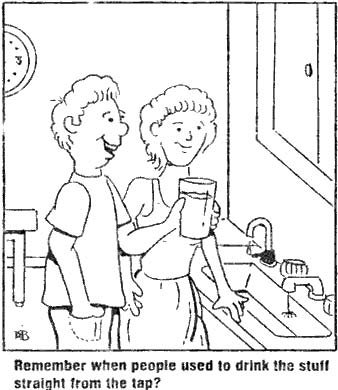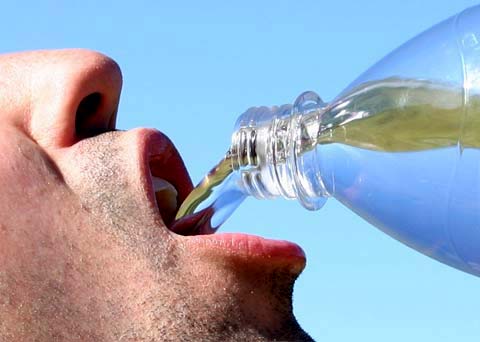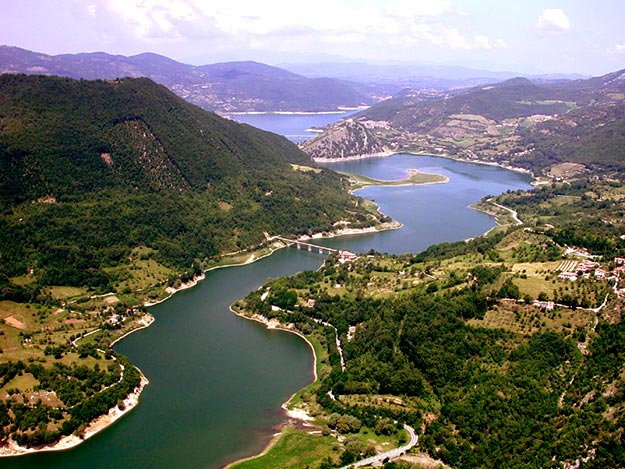A subtle death-process played a godfather role in the conception and designing of the refrigerator, the vacuum cleaner, the automobile, and the turbine. Natural laws were stripped of wisdom and projected into matter. — Theodor Schwenk.
 Thelma and Harold Grochocki (the couple in the cartoon, in case you didn’t recognize them) not only sprayed a heavy dose of some pretty deadly roachicides yesterday; they also fertilized, mowed, and watered their lawn, ate their fill of burgers, steak, bacon. and eggs, drove their van 63 miles, poured half a can of paint thinner and a jar of pickle juice down the drain, watched TV most of the afternoon, washed their clothes, their dishes, and their dog, bathed, perfumed, and deodorized their bodies, vacuumed the carpet, and urinated and defecated repeatedly. It is interesting that although they spent most of their day at activities that directly or indirectly contaminate water, they seem surprised that the stuff that flows on demand from the kitchen tap isn’t pristine mountain spring water. Read more
Thelma and Harold Grochocki (the couple in the cartoon, in case you didn’t recognize them) not only sprayed a heavy dose of some pretty deadly roachicides yesterday; they also fertilized, mowed, and watered their lawn, ate their fill of burgers, steak, bacon. and eggs, drove their van 63 miles, poured half a can of paint thinner and a jar of pickle juice down the drain, watched TV most of the afternoon, washed their clothes, their dishes, and their dog, bathed, perfumed, and deodorized their bodies, vacuumed the carpet, and urinated and defecated repeatedly. It is interesting that although they spent most of their day at activities that directly or indirectly contaminate water, they seem surprised that the stuff that flows on demand from the kitchen tap isn’t pristine mountain spring water. Read more











